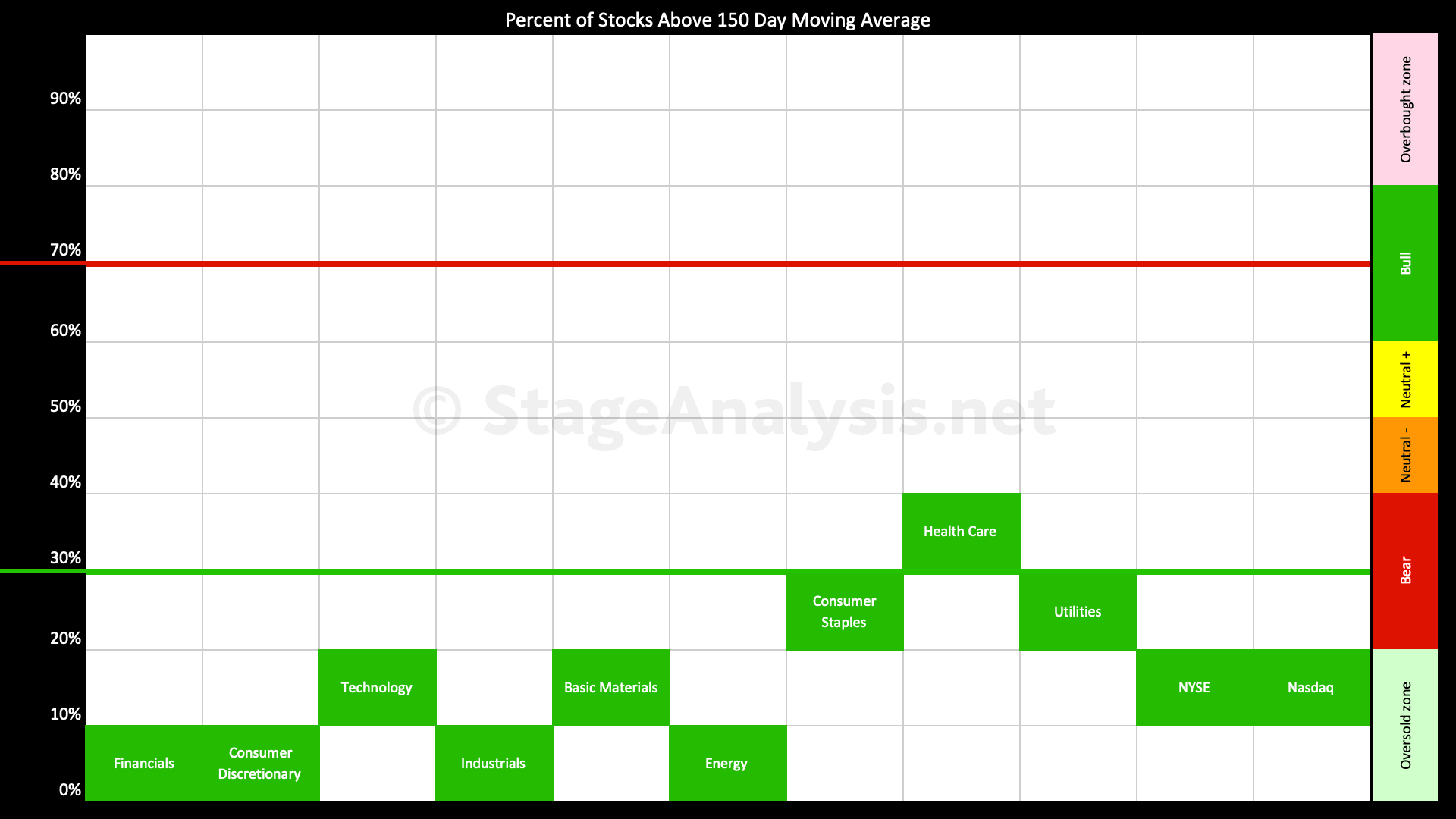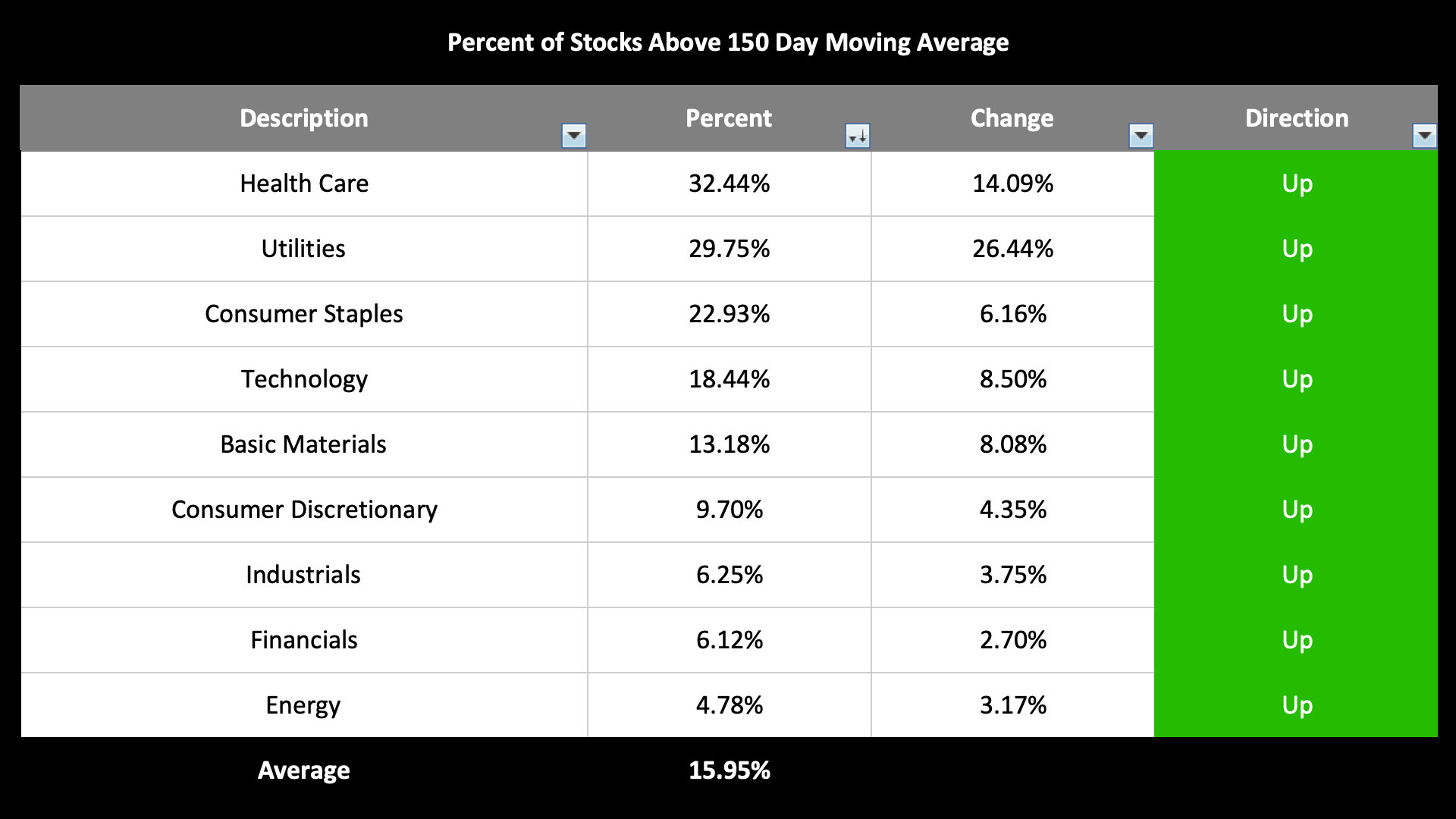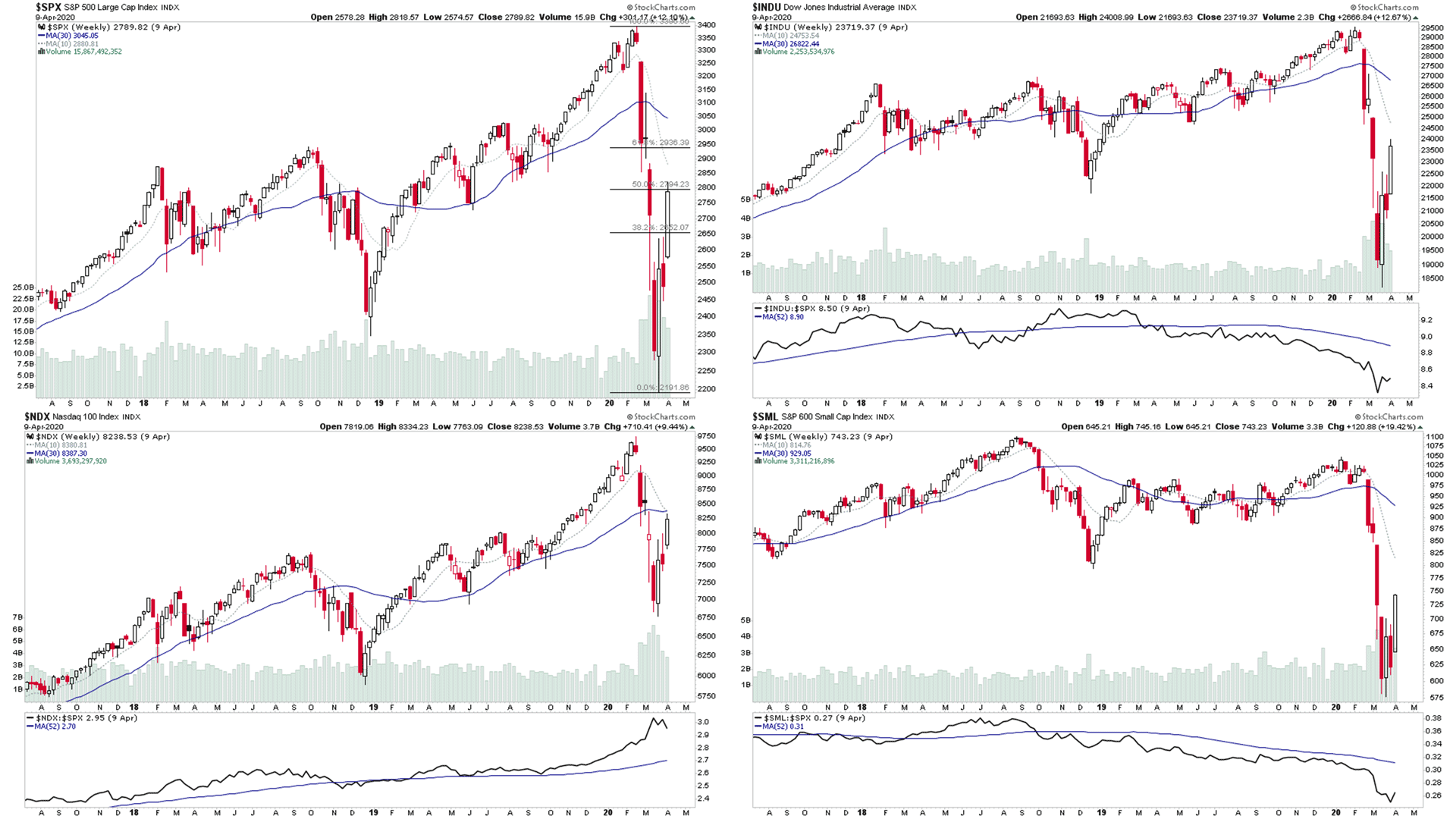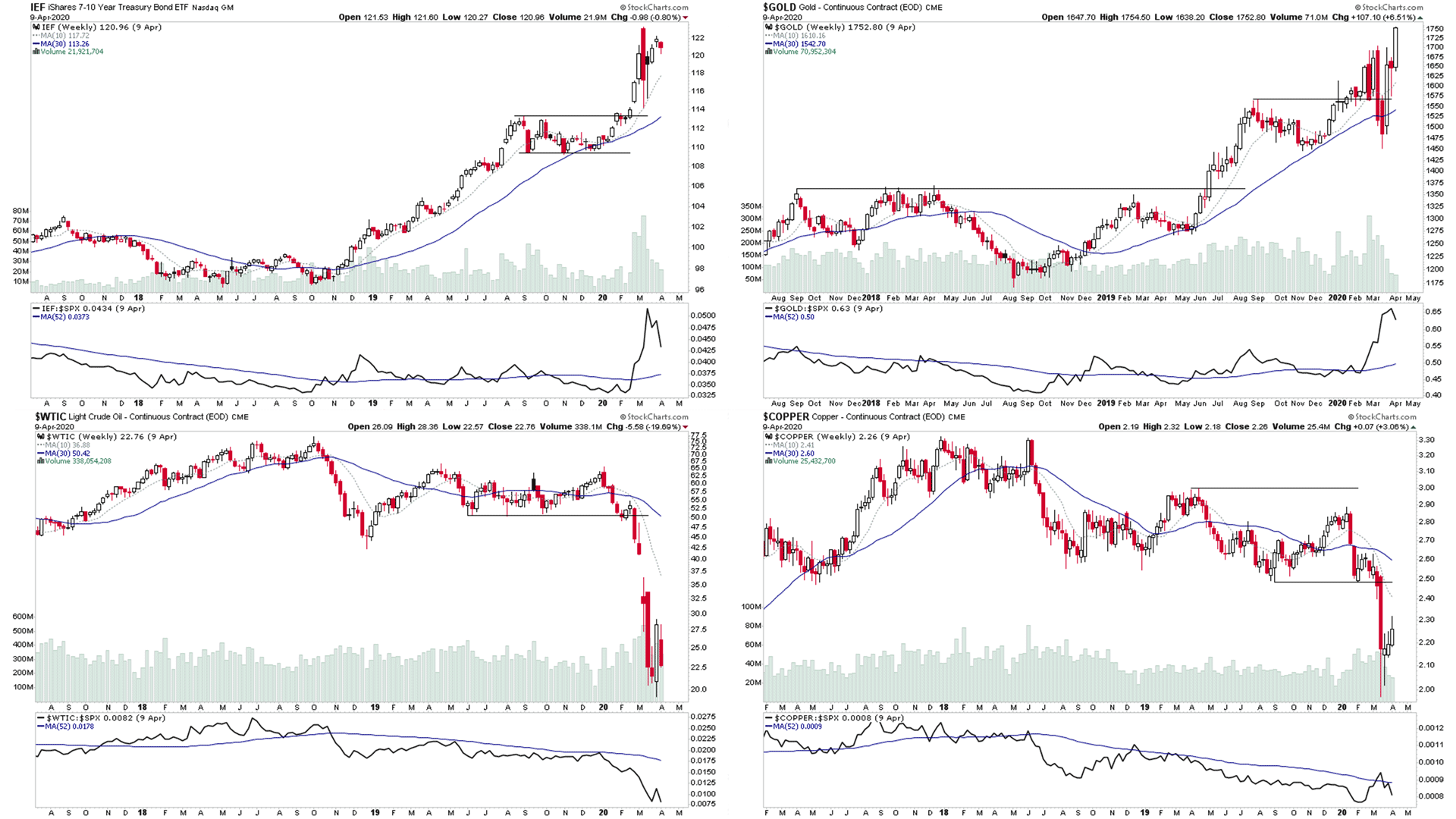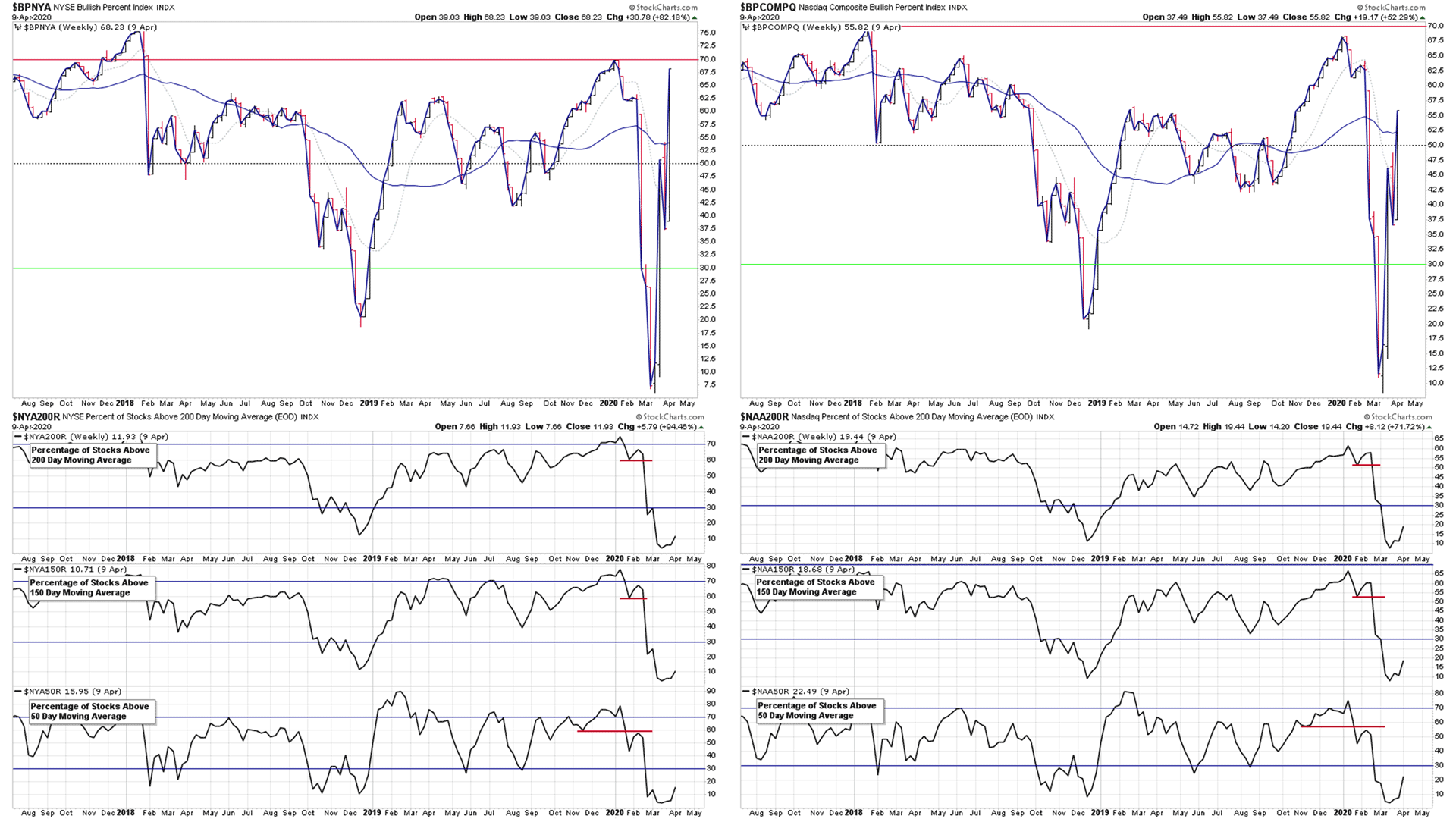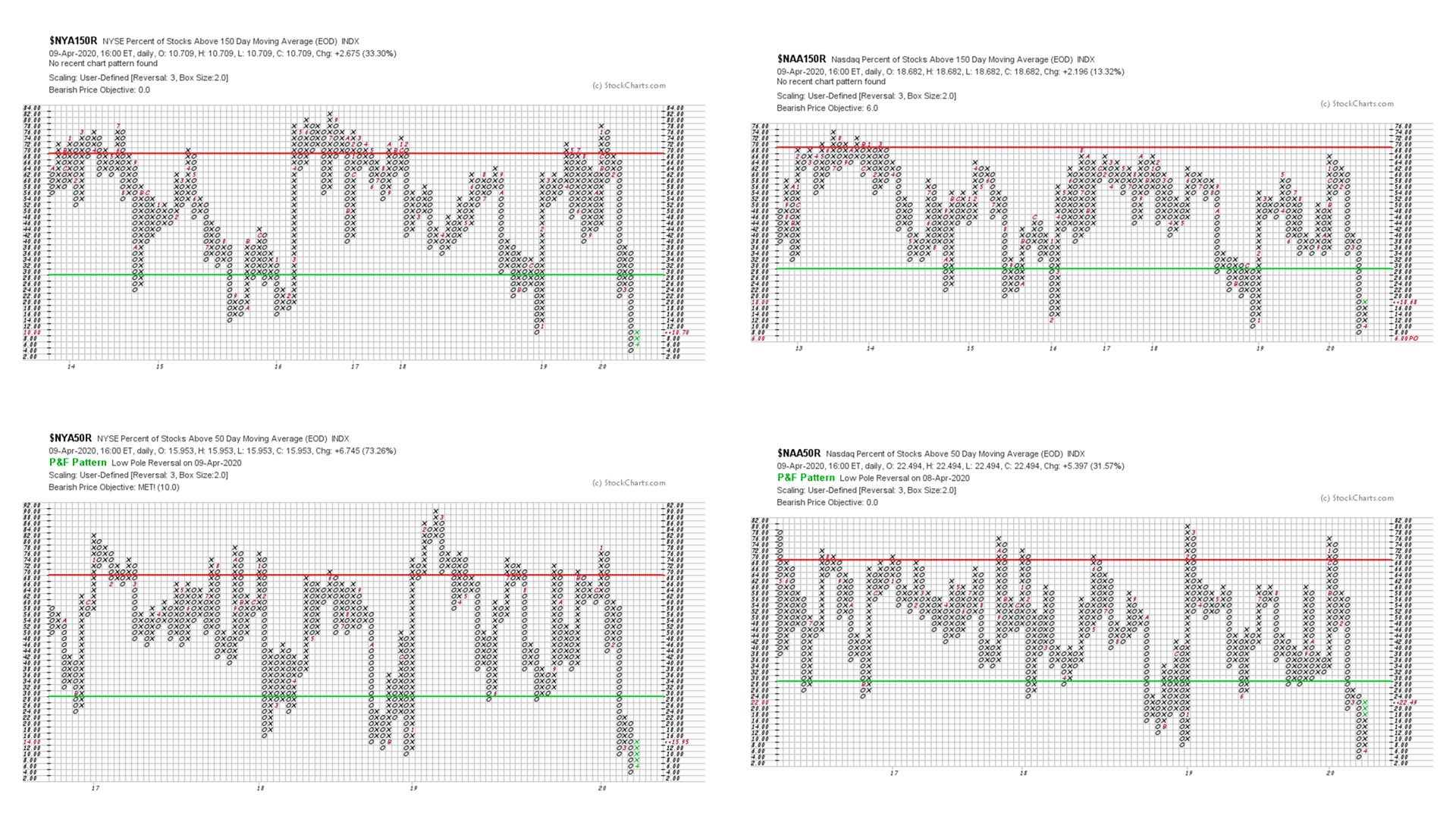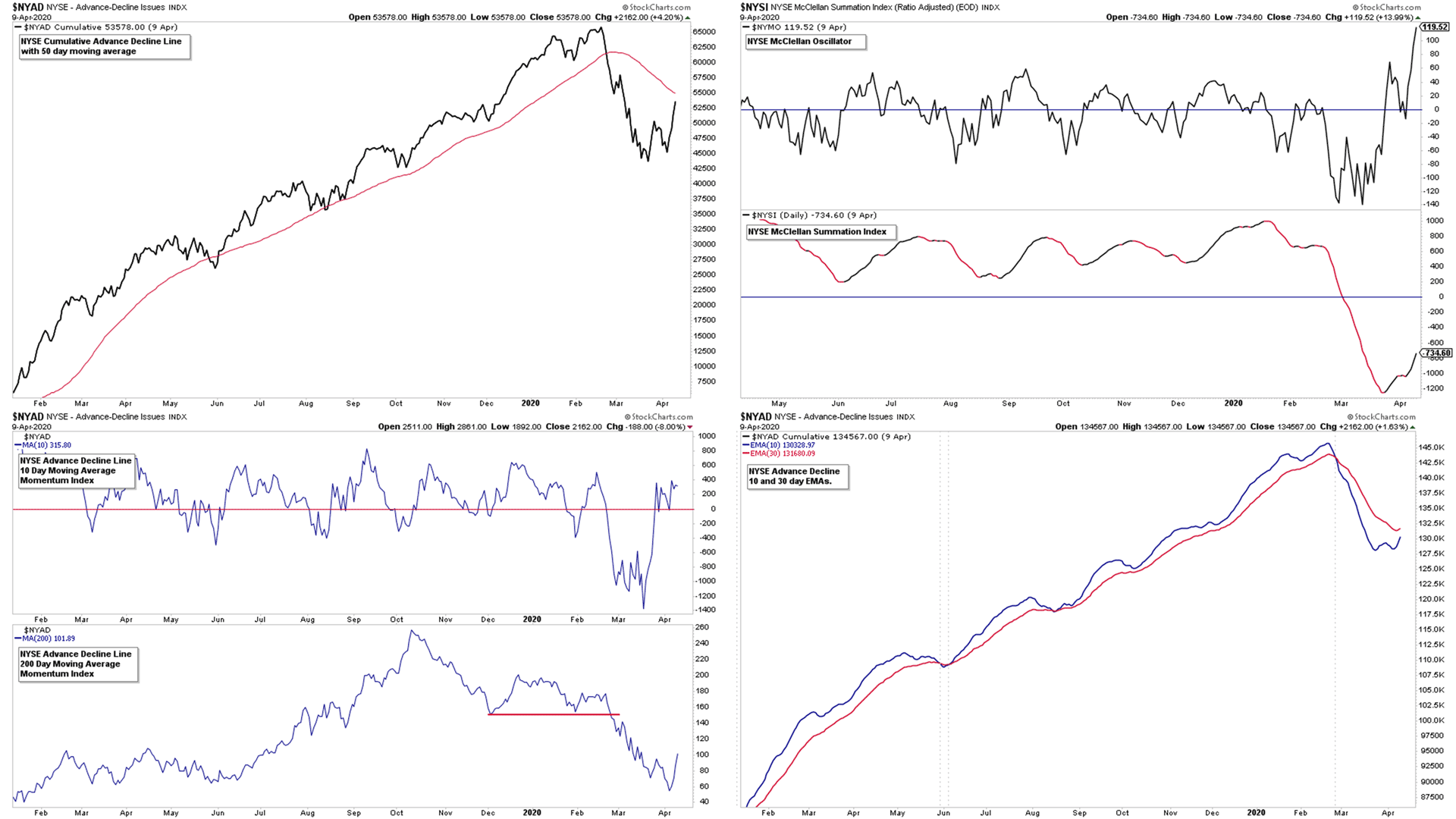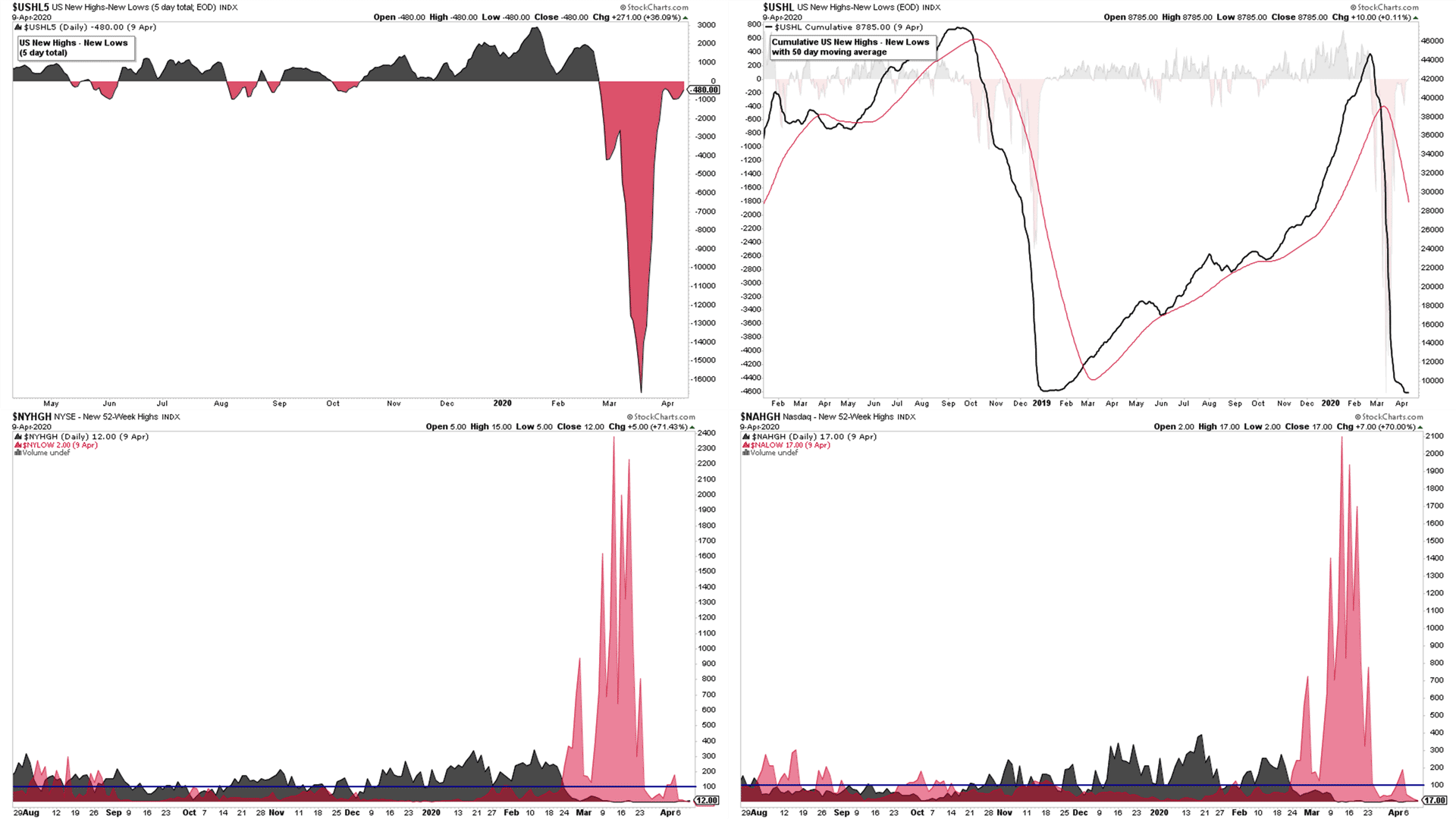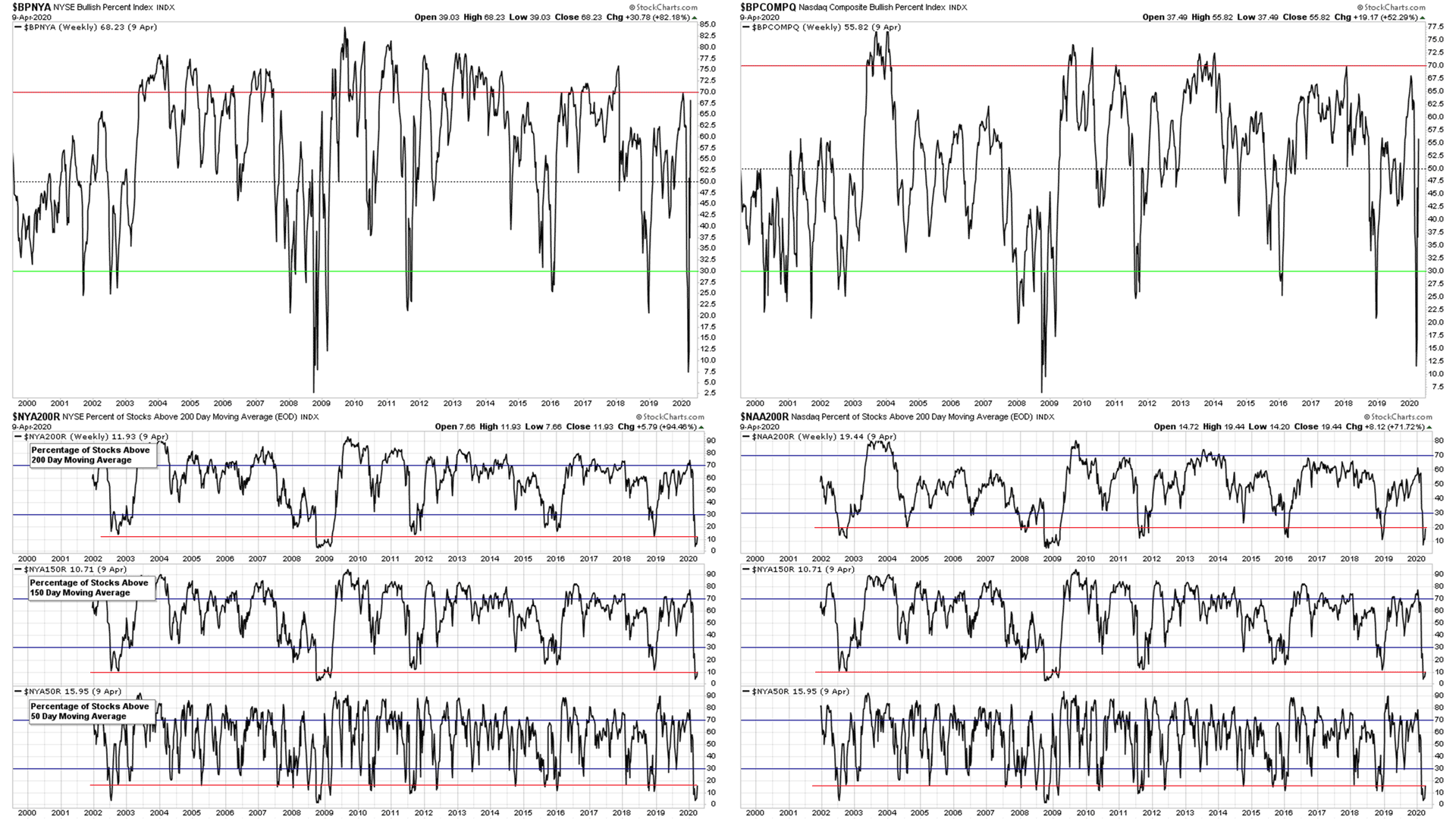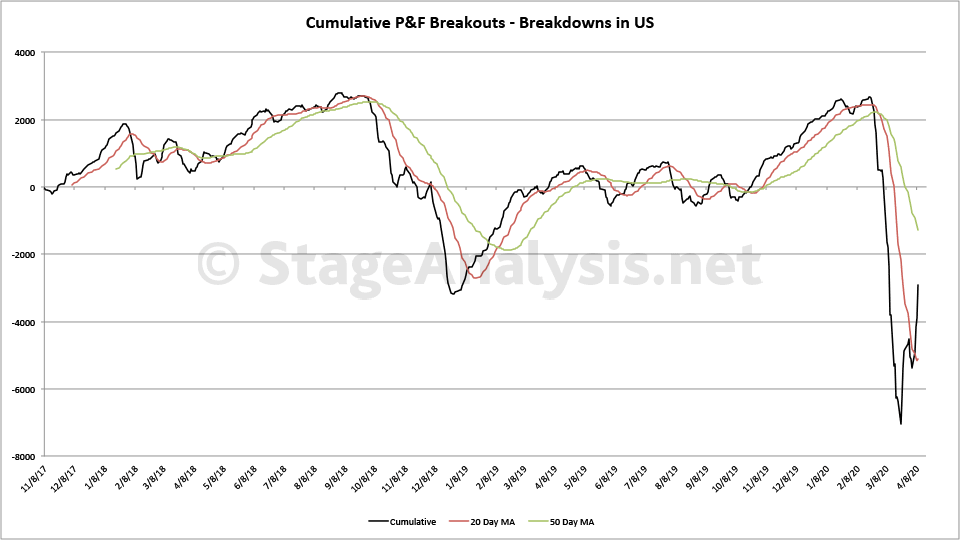Does a New Uptrend in the Unemployment Rate Mean That a Bear Market Is Just Getting Started?
Quick Links
- Timing the US Stock Market Using the Market Breadth Indicators – Introduction (0:00)
- Major Market Indexes – S&P 500, Dow Jones Industrial Average, Nasdaq 100 & S&P 600 Small Caps (0:37)
- US Treasuries & Commodities – 7-10 Year US Treasuries, Gold, Crude Oil & Copper (2:40)
- 40 Year Unemployment Rate compared to the S&P 500 (3:55)
- Sector Breadth: Percentage of Stocks Above Their 150 Day Moving Average – Overview Diagram (9:52)
- Sector Breadth: Percentage of Stocks Above Their 150 Day Moving Average – Relative Strength Table (11:26)
- NYSE Bullish Percent Index & Percentage of Stocks Above Their 200, 150 & 50 Day Moving Averages Charts (13:05)
- NYSE Advance Decline Line Charts (20:30)
- US New Highs - New Lows Charts & Momentum Index (22:19)
- Cumulative Point & Figure Breakouts - Breakdowns Chart (24:19)
- Overview of the Four Stages (26:04)
The stock market had a strong thrust higher over the last week, with most of the major indexes recovering up to 50% level of the entire breakdown. However, this is a typical area that pullbacks often find resistance and so it will be interesting to see how they react over the next week.
Many of the short term market breadth indicators continued to gain strength and multiple are now on bullish signals. However, the medium and longer term signals mostly remain on bearish signals, with some struggling to make much headway from their extreme low levels such as the NYSE percentage of stocks above their 150 day moving averages and the cumulative new highs new lows for example.
This week I wanted to have deeper dive into some longer term charts, and one area that especially caught my eye was the Unemployment Rate compared to the S&P 500 over time as the Unemployment rate has spiked recently. So, I've marked up long term chart, which shows what has happened during the past four times that it has started trending higher in the past 40 years. What it shows is that in 3 out 4 of the periods when the unemployment rate trended higher. That the stock market didn't bottom for around 18 months, but then recovered back into Stage 2 while the unemployment rate continued higher for a while before topping out and starting to trend lower again. So although only a small amount of data points. It does show a 75% chance of a more major Stage 4 decline from here.
This is only one data point though, as in the Stage Analysis method we use the Weight of Evidence technique to combine what all the various market breadth charts are telling us. But I do think it's an interesting addition to our Weight of Evidence to keep an eye on.
----------------
A regular look beneath the surface of the US stock market, featuring the key market breadth indicator charts for timing trading stocks and the stock market indexes, such as the NYSE Bullish Percent Index, the Advance Decline Line, the New Highs - New Lows etc and some custom breadth indicators of my own in order to determine what the "Weight of Evidence" is suggesting in terms of the US stock market direction and how to allocate your money.
This is done using the market breadth indicators that were highlighted in Chapter 8 of Stan Weinstein's Secrets For Profiting in Bull and Bear Markets Book – which was called: Using the Best Long Term Indicators to Spot Bull and Bear Markets.
Subscribe to the Channel
Subscribe to the Stage Analysis Youtube Channel to get the latest stock trading videos when they are released: https://www.youtube.com/c/StageAnalysis
Follow us on Social Media:
Twitter: https://twitter.com/stageanalysis
Stocktwits: https://stocktwits.com/StageAnalysis
Books to help you learn how to trade stocks*
- Stan Weinstein's Secrets for Profit in Bull and Bear Markets: https://amzn.to/2RpDdPZ
- Trade Like a Stock Market Wizard: How to Achieve Super Performance in Stocks in Any Market: https://amzn.to/2NUXA5p
- How to Make Money in Stocks: A Winning System In Good Times And Bad, Fourth Edition: https://amzn.to/2NYAE5D
- Think & Trade Like a Champion: The Secrets, Rules & Blunt Truths of a Stock Market Wizard: https://amzn.to/37qBSyd
- Momentum Masters: A Roundtable Interview with Super Traders: https://amzn.to/37uzCWs
- Insider Buy Superstocks: https://amzn.to/2RHyVCs
- Point and Figure Charting: The Essential Application for Forecasting and Tracking Market Prices (Wiley Trading): https://amzn.to/2RLPtta
- Come Into My Trading Room: A Complete Guide to Trading (Wiley Trading): https://amzn.to/2tFM1bK
- The New Trading for a Living: Psychology, Discipline, Trading Tools and Systems, Risk Control, Trade Management (Wiley Trading): https://amzn.to/37uAhXW
- Entries and Exits: Visits to Sixteen Trading Rooms: Visits to 16 Trading Rooms (Wiley Trading): https://amzn.to/38JYkCJ
Disclaimer: All stock charts and ideas presented are for educational purposes only. Always do your own research before making any trades.
#stocks #trading #money #nyse #nasdaq #technicalanalysis #stock #stockbreakouts #stocksandshares #investing
*As an Amazon Associate I earn from qualifying purchases.
Disclaimer: For educational purpose only. Not investment advice. Seek professional advice from a financial advisor before making any investing decisions.

